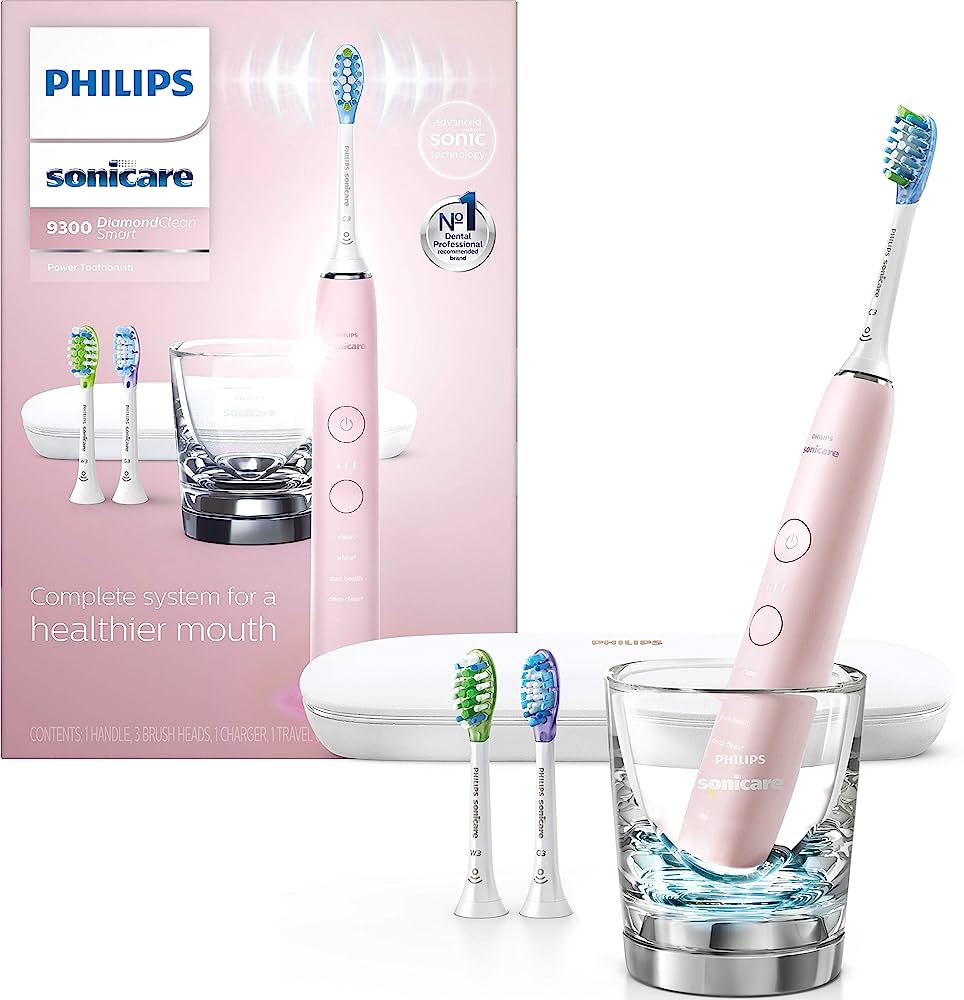
Which removes plaque, electric or sonic toothbrush?
Introduction
The removal of plaque is crucial for maintaining optimal oral health and preventing dental issues such as tooth decay and gum disease. When it comes to plaque removal, both electric and sonic toothbrushes have shown effectiveness. In this article, we will compare the plaque removal capabilities of electric and sonic toothbrushes, exploring their mechanisms of action, research findings, and factors to consider when choosing between the two.
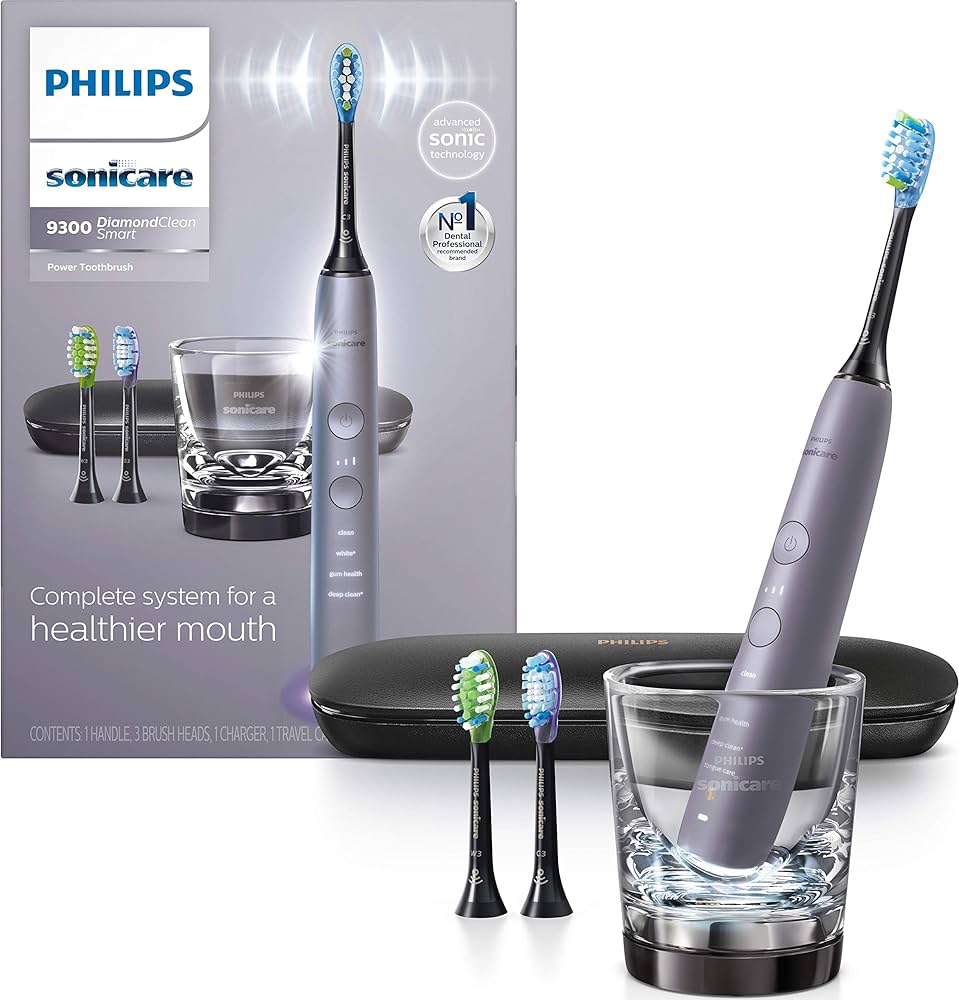
Which removes plaque, electric or sonic toothbrush?
Mechanisms of action: Electric toothbrushes
Electric toothbrushes operate using a rotating or oscillating motion. Consider the following factors:
Oscillating-rotating motion: Electric toothbrushes typically feature small, round brush heads that rotate or oscillate back and forth. These brush heads make thousands of rotations per minute, effectively dislodging and removing plaque from the tooth surfaces.
Bristle design: The bristle design of electric toothbrushes is specifically engineered to enhance plaque removal. The bristles may be angled or tapered to reach difficult-to-access areas, such as the gumline and interproximal spaces.
Power source: Electric toothbrushes may be powered by rechargeable batteries or require replaceable batteries. The power source ensures consistent and powerful brush head movements for effective plaque removal.
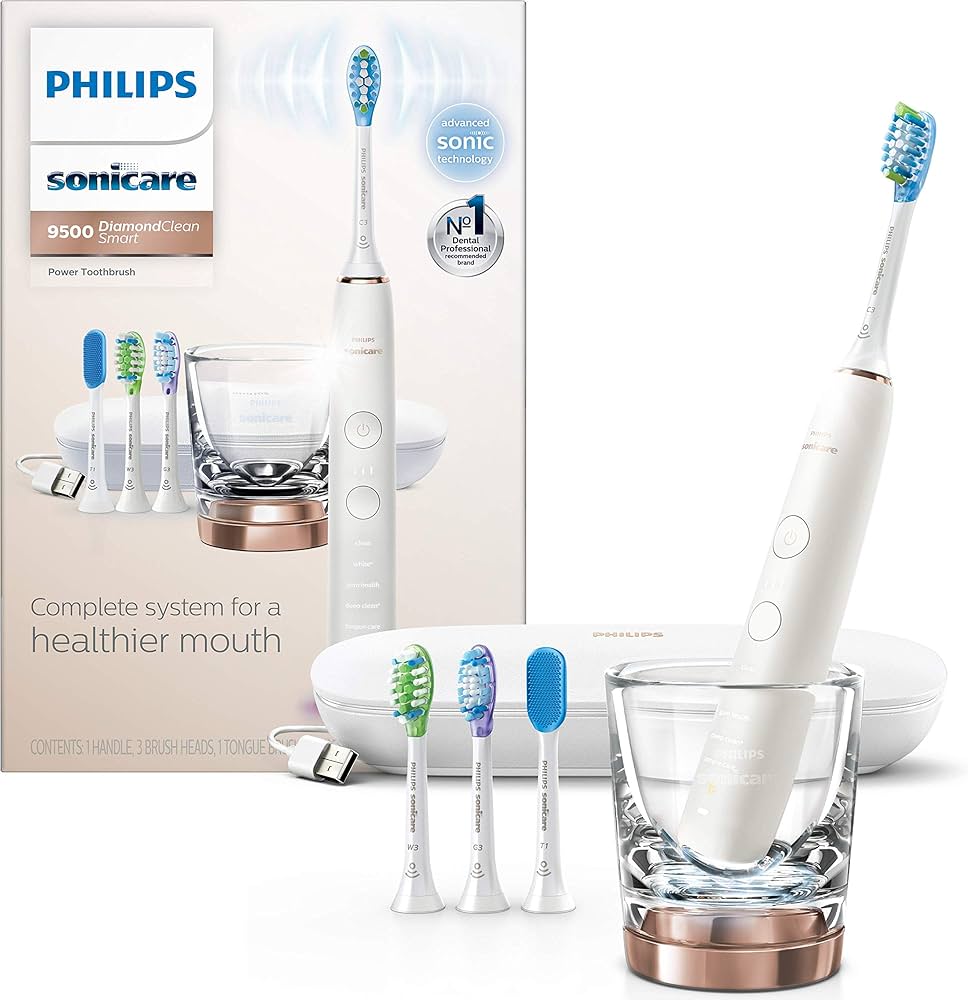
Mechanisms of action: Sonic toothbrushes
Sonic toothbrushes, on the other hand, utilize high-frequency vibrations to remove plaque. Consider the following factors:
Vibrations: Sonic toothbrushes produce vibrations at high frequencies, typically ranging from 200 to 400 Hz. These vibrations create a dynamic fluid flow in the mouth, disrupting and dislodging plaque.
Fluid dynamics: The fluid dynamics created by the sonic vibrations generate tiny bubbles called cavitation bubbles. These bubbles implode on the tooth surface, exerting mechanical forces that help dislodge plaque.
Speed and amplitude: Sonic toothbrushes operate at higher speeds and larger amplitudes compared to traditional electric toothbrushes, allowing for greater fluid movement and plaque removal.
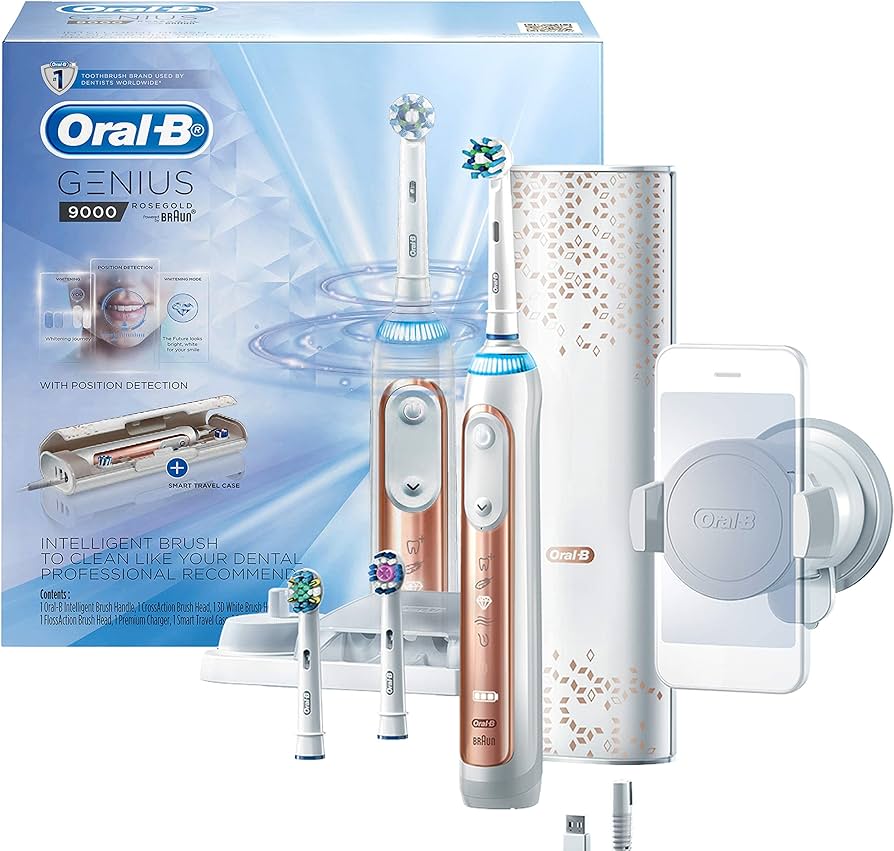
Research findings
Several studies have been conducted to compare the plaque removal efficacy of electric and sonic toothbrushes. Consider the following findings:
Electric toothbrushes: Multiple studies have demonstrated that electric toothbrushes are effective in removing plaque. They have been shown to reduce plaque levels significantly compared to manual toothbrushes, especially in hard-to-reach areas like the gumline and interproximal spaces.
Sonic toothbrushes: Research has also indicated that sonic toothbrushes are effective in plaque removal. Studies have shown that sonic toothbrushes can remove plaque as effectively as, or even more effectively than, electric toothbrushes.
Comparative studies: Several studies have directly compared the plaque removal efficiency of electric and sonic toothbrushes. These studies have shown mixed results, with some indicating no significant differences between the two types of toothbrushes, while others have shown a slight advantage for sonic toothbrushes.
Factors to consider
When choosing between an electric and sonic toothbrush for plaque removal, several factors need to be considered. Consider the following:
Personal preference: Personal preference plays a significant role in toothbrush selection. Some individuals may find the rotating or oscillating motion of electric toothbrushes more comfortable and effective, while others may prefer the vibrating sensation of sonic toothbrushes.
Technique: Regardless of the type of toothbrush chosen, proper technique is crucial for effective plaque removal. It is important to spend an adequate amount of time brushing each tooth surface and paying attention to hard-to-reach areas, such as the gumline and interproximal spaces.
Individual needs: Individuals with specific oral health concerns, such as gum disease or orthodontic appliances, may benefit from one type of toothbrush over the other. Consulting with a dental professional can provide personalized recommendations based on individual needs.
Cost and maintenance: Electric toothbrushes may require a higher initial investment compared to manual toothbrushes and may need periodic replacement of brush heads. Sonic toothbrushes, on the other hand, may have higher operating costs due to the need for replacement brush heads and batteries.
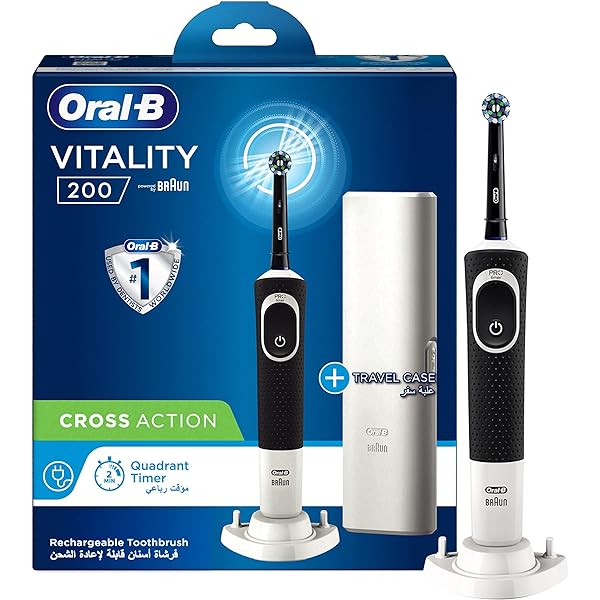
Additional considerations
In addition to comparing electric and sonic toothbrushes for plaque removal, there are a few more factors to consider when choosing the right toothbrush. Consider the following:
Accessibility: Individuals with limited dexterity or mobility issues may find it easier to use an electric toothbrush, as the rotating or vibrating motion does most of the work. This can be particularly beneficial for elderly individuals or those with conditions such as arthritis.
Features: Electric toothbrushes often come with additional features such as timers, pressure sensors, and various brushing modes. These features can help ensure proper brushing technique, adequate brushing time, and personalized options based on individual needs.
Compatibility: Some individuals may have existing dental work or oral appliances that require special considerations. It is important to choose a toothbrush that is compatible with these factors. Consulting with a dental professional can provide guidance on the most suitable toothbrush for specific dental conditions or appliances.
Maintenance and hygiene
Proper maintenance and hygiene of the toothbrush itself are essential to ensure effective plaque removal and overall oral health. Consider the following factors:
Brush head replacement: Both electric and sonic toothbrushes require regular replacement of the brush heads. Follow the manufacturer’s recommendations for the frequency of replacement, typically every three to four months or sooner if the bristles become frayed or worn.
Cleaning the toothbrush: Rinse the toothbrush thoroughly after each use to remove any residual toothpaste and debris. Store the toothbrush in an upright position to allow it to air dry. Avoid storing it in closed containers, as this can promote bacterial growth.
Oral hygiene habits: Proper brushing technique and regular flossing should complement the use of the toothbrush. Flossing helps remove plaque and debris from between the teeth and along the gumline, enhancing the overall effectiveness of plaque removal.
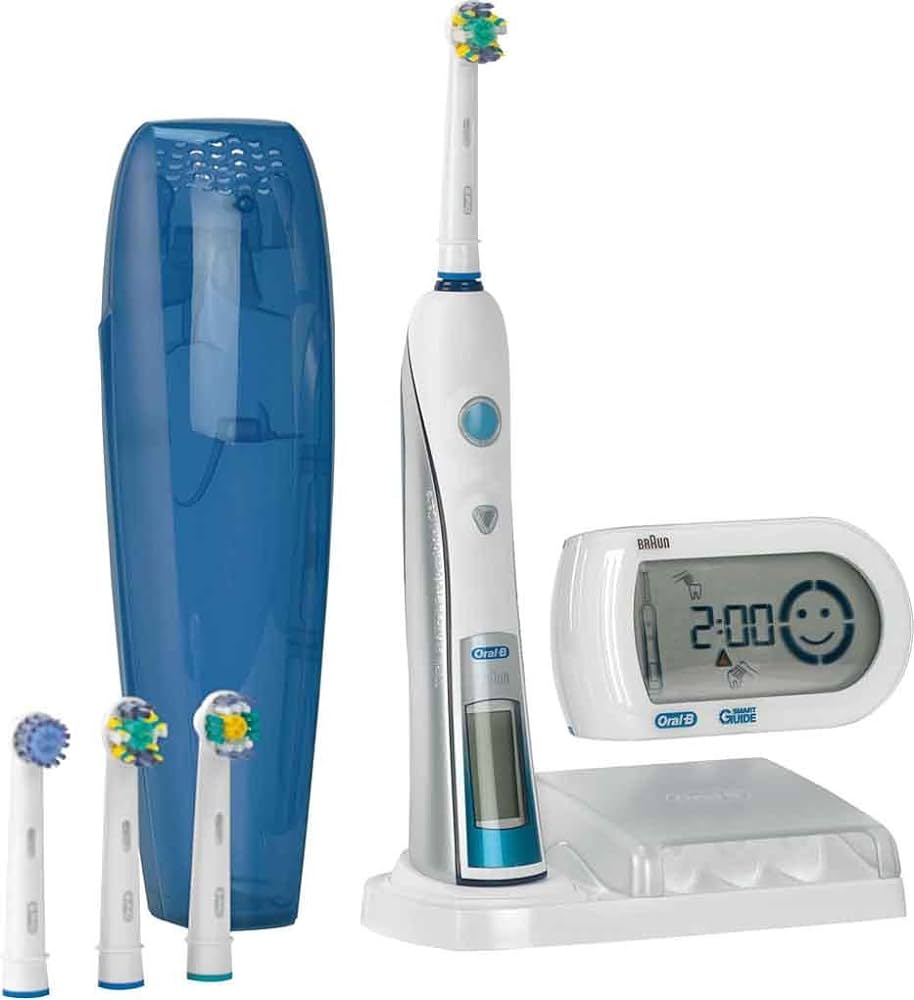
Conclusion
Both electric and sonic toothbrushes have shown effectiveness in plaque removal, utilizing different mechanisms of action. Electric toothbrushes rely on rotating or oscillating motions, while sonic toothbrushes utilize high-frequency vibrations to disrupt and remove plaque. Research findings have demonstrated the plaque removal efficacy of both types of toothbrushes, with some studies indicating no significant differences and others showing a slight advantage for sonic toothbrushes. Personal preference, technique, individual needs, and cost considerations are important factors to consider when choosing between electric and sonic toothbrushes. Regardless of the type chosen, maintaining a proper brushing technique and adhering to a consistent oral care routine is crucial for effective plaque removal and optimal oral health.




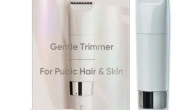
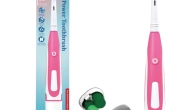


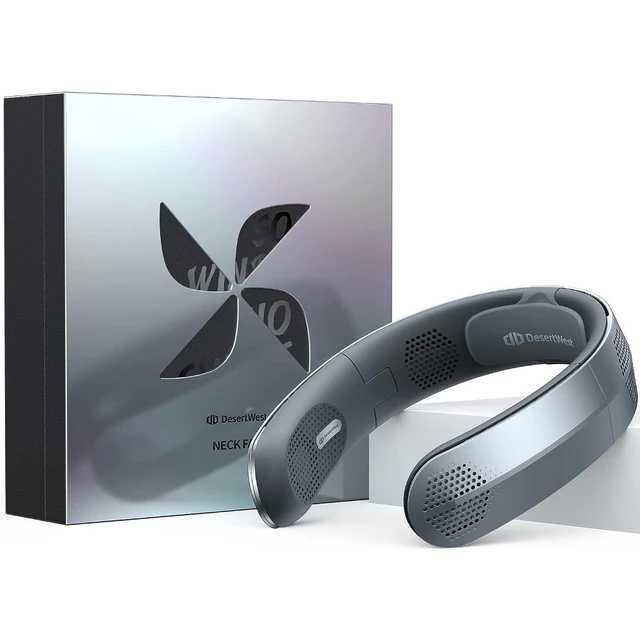

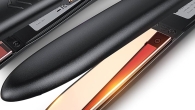

Leave a Reply
You must be logged in to post a comment.